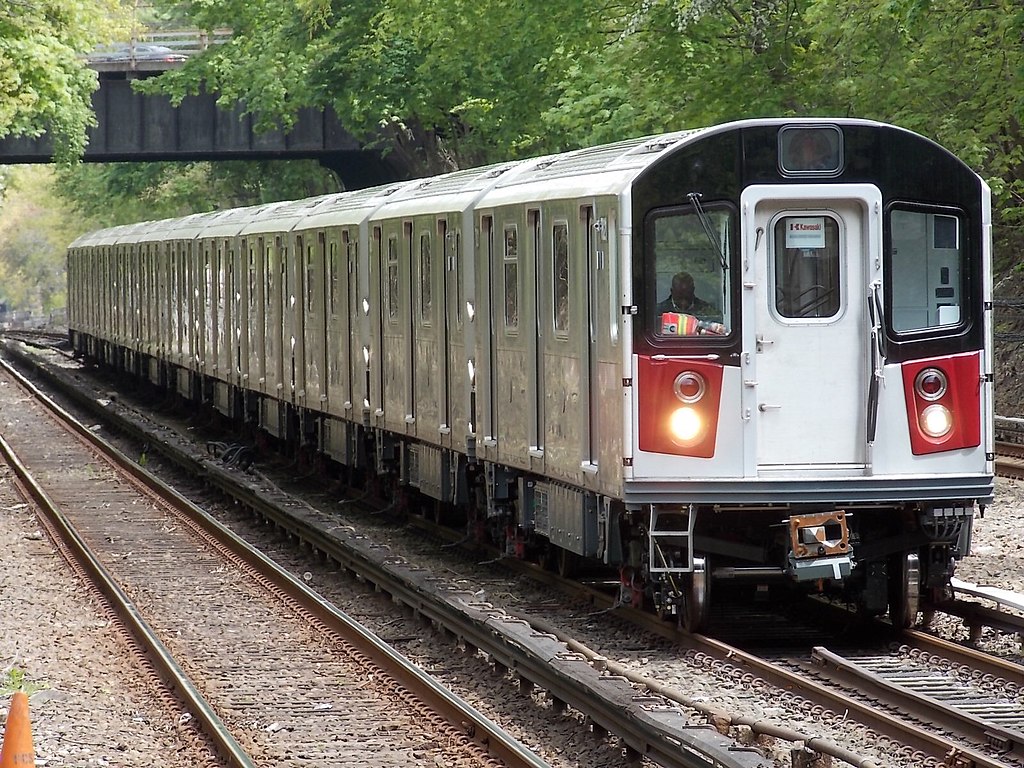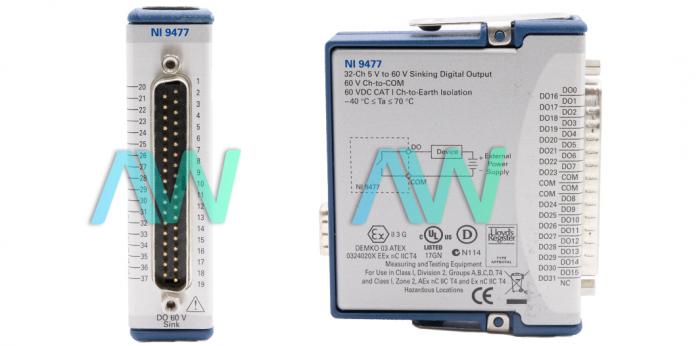Rail transportation requires rigorous serial testing to ensure the safety, efficiency, and reliability of the trains that keep so many vital industries around the globe running- but how can these high standards be met in the most efficient way? In this blog post, we will discuss a case study of how the French manufacturing company Alstom utilized NI products and software to answer that very question.

The Challenge: Reducing Train Test Times While Ensuring Quality
The challenge was clear: to reduce cycle time and throughput times during the execution of serial tests, all while enhancing the quality of operations. However, it wasn’t just about making things faster; it was about developing a new test methodology that could adapt to various types of trains, communication networks, and architectures. This methodology had to ensure repeatability and traceability, meeting the rigorous standards and customer requirements of today’s world.
The Solution: Leveraging NI Products for Innovation
The solution was nothing short of revolutionary. It hinged on a master-slave architecture, one that could accommodate the physical dimensions of a train. Wi-Fi technology made remote testing tool control possible, making it user-friendly and an invaluable troubleshooting tool. National Instruments (NI) played a central role in this solution, enabling flexibility, automation, and quality.

Two test benches were created: one designated as the “master” and another as the “slave.” The master included an industrial PC with a Wi-Fi router and an Ethernet link connected to the two test benches. NI CompactDAQ platforms formed the system’s heart, interfacing with the train. Each platform had two NI-9477 cards to ensure that the train lines were piloted, as well as two I/O cards for NI-9425 digital signals. Additionally, the master bench had two NI-9201 and NI-9263 cards that were used for specific tests, such as brake tests, tests that track the physical values of the system being tested, and tests that pilot particular devices.
The Software Architecture: A Marvel of Adaptability
The software architecture was a work of art, combining proprietary Alstom software and NI LabVIEW. The proprietary software handled low-level aspects such as networks and physical signals. XML files were used to configure the system being tested and list the necessary variables for the tests. These variables were made public on a shared memory unit, allowing for signal abstraction and virtualization.
The LabVIEW application, as a .dll, tapped into the LabVIEW potential to create a user-friendly graphical interface. This interface was developed with a user-centered design in mind, ensuring that testers could easily manage signals through the test bench. The software also featured a TCP socket for communication with Wi-Fi interfaces.
Another proprietary Alstom software introduced was the Test Engine, installed on a tablet. It communicated with the test benches via TCP and executed test patterns automatically. In case of incorrect operation of the system being tested, the graphical interface developed in LabVIEW allowed for real-time monitoring of variables. This dual TCP socket setup provided redundancy for the graphical interface on PC laptops connected via Wi-Fi, giving testers a powerful troubleshooting tool.

As of the case study’s publication in the mid-2010s, the proposed system had already been validated on two different trains, showing that the solution could be applied as a standard with minimal risks. The estimated outcome was impressive: a 10% reduction in full train throughput times. This meant not only faster testing, but also higher-quality results- thanks to the broader scope of tests performed on single-carriage trains.
This case study highlights the cutting-edge features introduced by using NI products. Flexibility, automation, and quality are essential to face the increasingly challenging demands of standard tests on trains. The solution not only improved testing efficiency, but also increased the adaptability and traceability of the process, ensuring that these complex machines continue to run safely and reliably.
The original case study discussed in this post, “New Process for Rail Vehicle Automatic Serial Testing”, was co-authored by M. Bonamico and D. Pagliero from ALSTOM.







